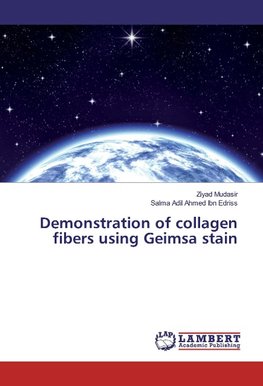
-
 Anglický jazyk
Anglický jazyk
Demonstration of collagen fibers using Geimsa stain
Autor: Ziyad Mudasir
Giemsa is a metachromatic stain in that many tissues/organisms stain differently than the dye color itself. The dye mixture - methylene blue, azure, and eosin compounds - is blue, but positive staining is designated by a purplish hue. Giemsa is frequently... Viac o knihe
Na objednávku
33.30 €
bežná cena: 37.00 €
O knihe
Giemsa is a metachromatic stain in that many tissues/organisms stain differently than the dye color itself. The dye mixture - methylene blue, azure, and eosin compounds - is blue, but positive staining is designated by a purplish hue. Giemsa is frequently used to identify mast cells; their granules stain positively. Of note, the immunohistochemical stains "mast cell tryptase" and "CD 117" are also used to detect mast cells. Urticaria and urticaria pigmentosa are among the disease entities marked by a significant increase in mast cell volume, thus Giemsa finds its utility here. Further contributing to the value of Giemsa is the positive staining of several infectious organisms; spirochetes, protozoans, and cutaneous Leishmaniain particular. Probably the first use of a staining solution containing methylene blue (a cationic thiazine dye) and eosin (a red anionic xanthene dye) was in 1888 by C. Chenzinsky, to stain malaria parasites in blood films. F. Plehn in 1890 and E. Malachowski and D. L. Romanowsky in 1891 all independently described similar staining solutions that imparted a variety of colors to erythrocytes, leukocytes and malaria parasites.
- Vydavateľstvo: LAP Lambert Academic Publishing
- Rok vydania: 2017
- Formát: Paperback
- Rozmer: 220 x 150 mm
- Jazyk: Anglický jazyk
- ISBN: 9783330075931







 Nemecký jazyk
Nemecký jazyk 




